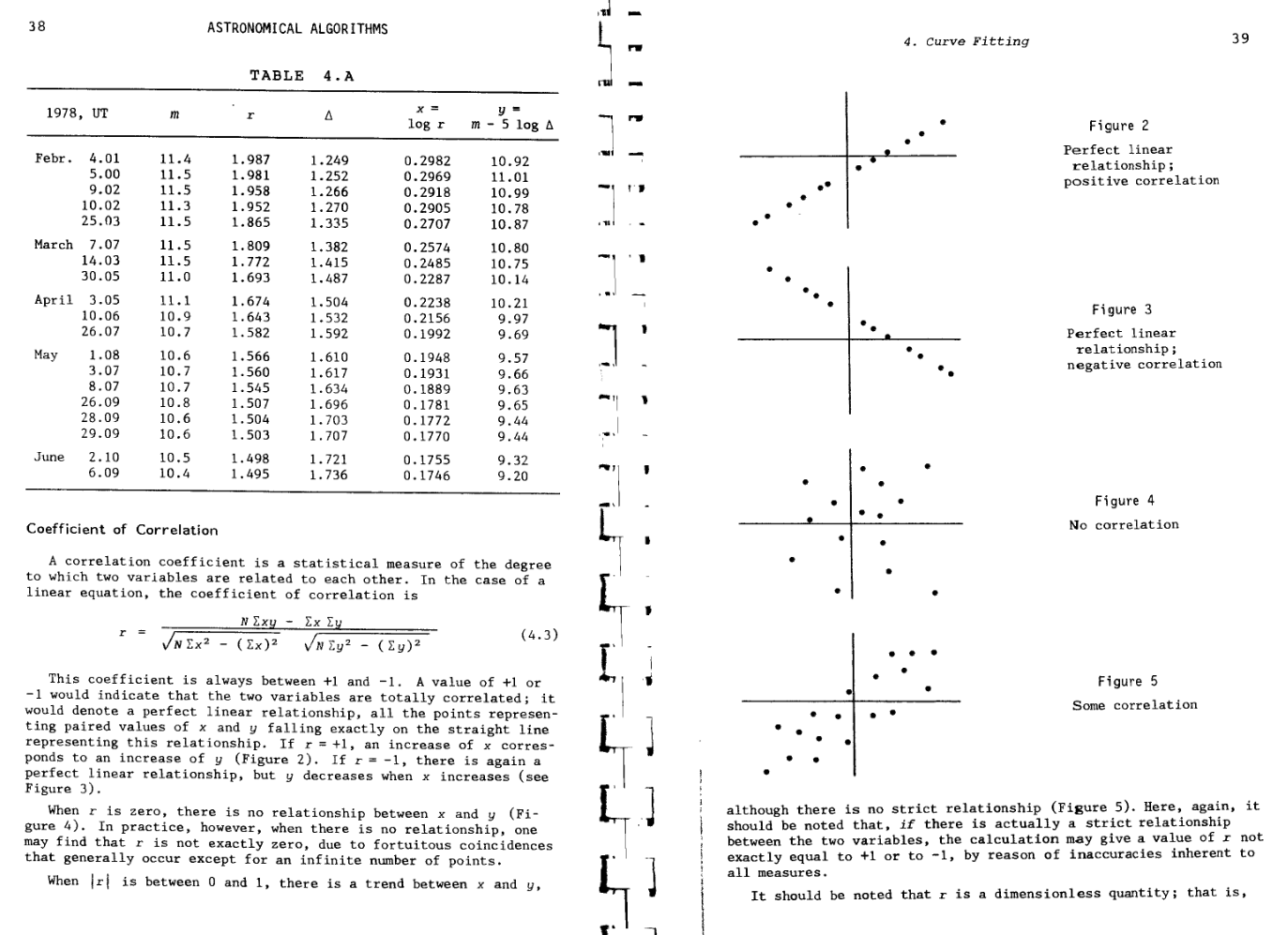NOAA Solar Calculator
Note: This is a Work in Progress
To find the positions of the sun in the sky for any given date and time the common method is to use the NOAA Solar Calculator. It is often alleged that the NOAA Solar Calculator is based on Round Earth Theory and Heliocentricism, and that because it can predict the position of the sun, it therefore means that the Round Earth Theory must true.
Firstly, these claims are universally made without demonstration that the calculator is entirely correct in all instances. A source for records of observations, comprehensive or not, is, of course, never given.
Secondly, the assumption that the calculator is based on Heliocentricism is seen to fall flat on reading of the details. The calculations are simple equations that are based on the pattern of previous observations and occurrences. By studying the repeating pattern of behavior of astronomical bodies over a period of time it is possible to create an equation that will predict when the next occurrence will occur or how it will behave in the future.
This is how Aristotle predicted astronomical occurrences, this is how the Flat Earth civilization known as the Ancient Babylonians predicted astronomical occurrences, and this is how "Modern" Astronomers predict astronomical occurrences today.
Online Calculator Link
Online Calculator Link: https://www.esrl.noaa.gov/gmd/grad/solcalc/
Excel Worksheet Version
Under the "Calculation Details" link the NOAA has provided an Excel spreadsheet version of their online calculator here:
https://www.esrl.noaa.gov/gmd/grad/solcalc/NOAA_Solar_Calculations_day.xls
Feel free to look at the formula sources in the spreadsheet above and try and find where the Round Earth Theory is expressed or where we see keplerian orbital mechanics. The calculations are simple equations that are based on the ancient method of assessing the pattern of astronomical occurrences to predict future behavior.
Heliocentric Elements
There does appear to be a seemingly Heliocentric element in the worksheet.
See Column O with the title "Sun Rad Vector (AUs)"
The worksheet default is 1.000001018.
Put 0 into that column and see what happens. It doesn't affect the predictions at all. Also try 9.5 AUs. No effect. The same results are seen result whether the calculator is operating under the assumption of 0 Astronomical Units or 9.5 Astronomical Units. Looking closer at the equations for this field, the AU field appears to be an output variable, not an input variable. The data of the sun's position in the sky and the simple trending seen in the formulas is not being created from this element. The data is deriving this element, and making slight adjustments to the ...001018 depending on the date.
Astronomical Algorithms
The online NOAA Solar Calculator and the associated Excel worksheet version are based on equations from a book:
|
A PDF of the above book is found here.
The following is found in the glossary:
This is interesting. The terminology and factoids used in the book suggest to the reader that the book is based on the heliocentric theory. However, as we can even delete the AU column entirely from the previously mentioned NOAA Solar Calculator Excel worksheet, and the worksheet still gave the same results for the sun, even when the year and day is changed to a future date after the column is removed, shows that the element is useless in prediction of the sun's location.
In some areas of the book the author appears to enjoy pretending that he is using Heliocentric Theory for his algorithms, and liberally uses heliocentric terms and factoids to give the impression that Astronomical Algorithms is an a masterpiece of Astronomy prediction. However, in truth, when the work is read closely the algorithms are revealed to be just statistical (pattern-based) methods:
Sun Triangulation Problem
The sun positions given by the NOAA calculator cannot be used to triangulate the distance or position of the sun in the Heliocentric system.
Video: Calculate the distance to the Sun (Where is the Sun?)
https://www.youtube.com/watch?v=9puRZH0i6Sc
Runtime: 15 Min
From the description (minor phrasing edits):
|
The author followed up with a couple of additional videos in 2018:
Video: Where is the Sun 2018 Update #1
https://www.youtube.com/watch?v=6H0q-yvu9XQ
Runtime: 40 Min
Video: Where is the Sun 2018 Update #2
https://www.youtube.com/watch?v=dt3rxtVmWJc
Runtime: 17 Min
Ed: The author of these videos appears to be a concave earth proponent and is unaware of some of the aspects of the Flat Earth models.


